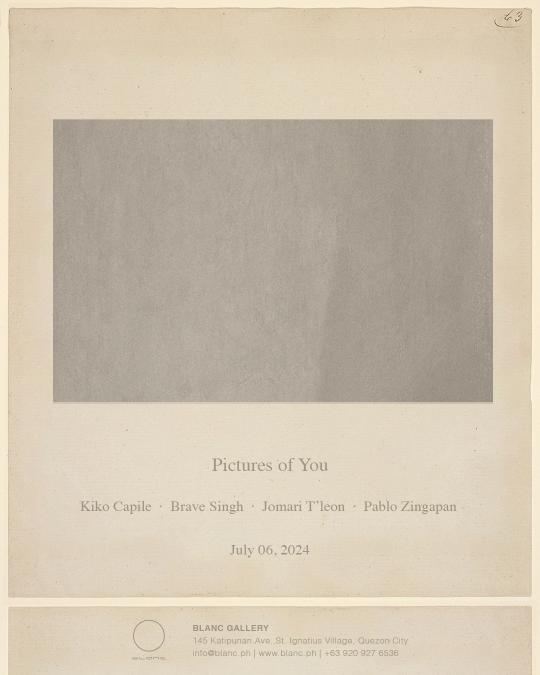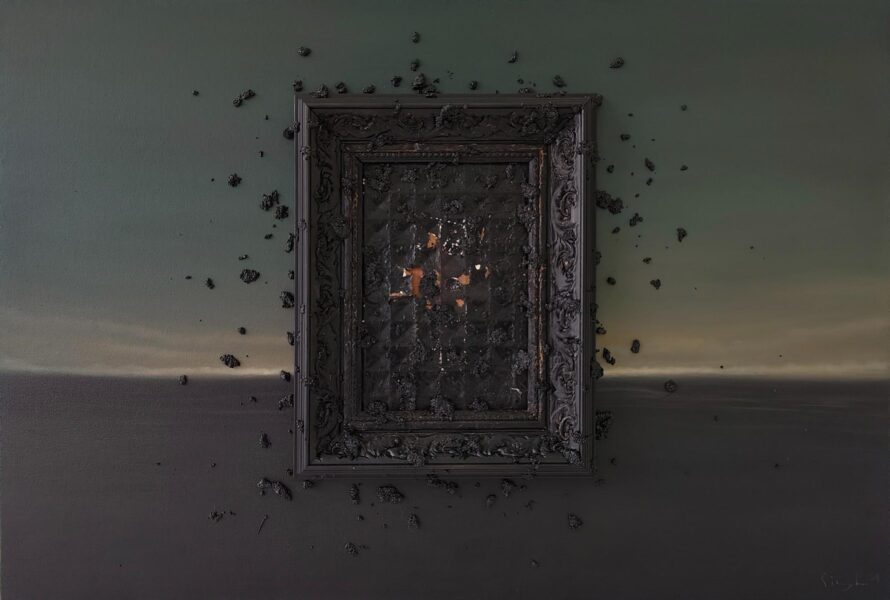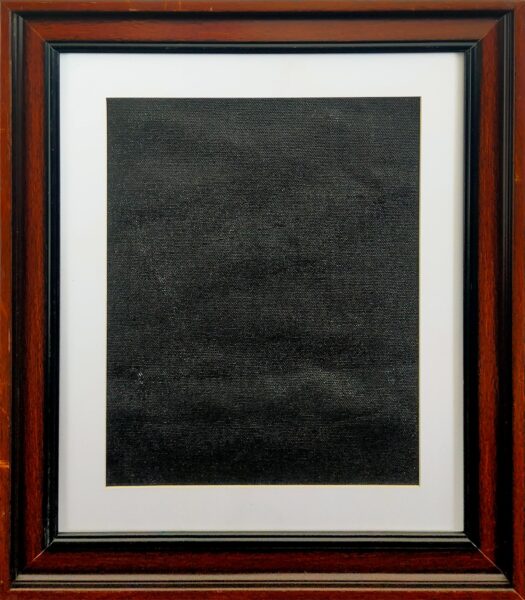
Pictures of You
In the cases of both art and language, there is value in finding the essence of the word ‘picture.’ The picture—and how it is different from the word image, the photograph, or even the film, as in motion pictures. One might have uttered the phrase a thousand times: ‘Take a picture.’ Or colloquially–pictyuran mo ako. These common utterances provide the first clue in finding the essence of a picture and why not too many people ask you to ‘take their images’ or their photographs instead.
Picture is possession. It is what we ask ourselves or other people to ‘take.’ To take is to possess or hold. And it is exactly what pictures do. There is an underlying commitment that it subsequently asks: not just to be seen, like in images. Not just to be emulsified or printed, like in photographs. Not just to be cast aside like any other visual object. But to be taken, internally, or in memory, or as an impression, or even maybe with care. And this great care–this careful consideration of whatever image comes out of that ‘picture,’ becomes the force behind its ability to give meaning. It tells a thousand words.
Photographs, images, paintings—they can all be either abstract, blurred, or empty, but pictures are often not. Pictures are references. They immediately connect one experience to another. And pictures are not just mere photographs. They could be sketches, drawings, or paintings. Given all these notions of the picture, its nature, and its many incidental forms, four artists were invited to summon the substance of pictures and depict the many ways they could evolve into more challenging iterations.
In this group exhibition, ‘Pictures of You,’ artists Kiko Capile, Brave Singh, Jomari T’Leon, and Pablo Zingapan, reveal through their own brand of art the different appearances of what a picture could be. In Kiko Capile’s work, pictures subvert the idea of portraiture. Working with ink on paper, his faces and figures portray other dimensions of emotion that are usually gathered through facial expressions. Here, the faces are marred by disfiguration and dissections. The composite inner being is presented rather in a very literal way—of opening up: cranium, skin, all thorny and sinuous. They reveal the layers of a complex process of recognition, whether of a face or of the feelings attached to it.
In the same vein, Brave Singh puts emphasis on the feelings a picture can generate. In this work, he uses burnt frames to extend the meaning that goes beyond the image. The burnt frame represents regret, disappointment, and finally – disaster. Whether attached to a memory or a specific image, this framed picture becomes unexempted to the tragedy of feelings that can affect its whole being. Charred and blackened, the picture as a whole is also its material.
On the other hand, Jomari T’Leon plays on another important aspect of the picture – its absence. What happens when we start to let go of these memories? He seems to ask. The frames become empty, the reflections within the figure become empty, and the void becomes apparent and arguably–becomes the picture itself. To picture absence becomes a conundrum for our sights, and a riddle to solve. Is the empty picture an image removed–or to be filled out with the new?
Finally, Pablo Zingapan tackles the notion of the ‘ghostly’ image. In seeing pictures everywhere, we also become prone to fear, fantasy, and in devising our own haunted images from these apprehensions. In Zingapan’s works, it could either be ignited by a specific place, or time, or a catastrophic and historical event like the war. Punctuated by a central image of a nail, this superimposed picture within a picture adds to the compounded nature of images and memories we gather.
Pictures, when they cease to be mere images, generate more layers of meanings. Pictures are the things that inhabit our minds, living rooms, albums, or pockets. Pictures are both action and object. Pictures can also be nothing but memories of poignant moments. In the same way the song with the same title goes — looking so long for the words, there will always be that desire to attach ideas, captions, and memories to our pictures. And vice versa, as what these artists did. Painting, drawing, creating, to find the right picture for the thing in mind.
/CLJ
Works
Documentation



















